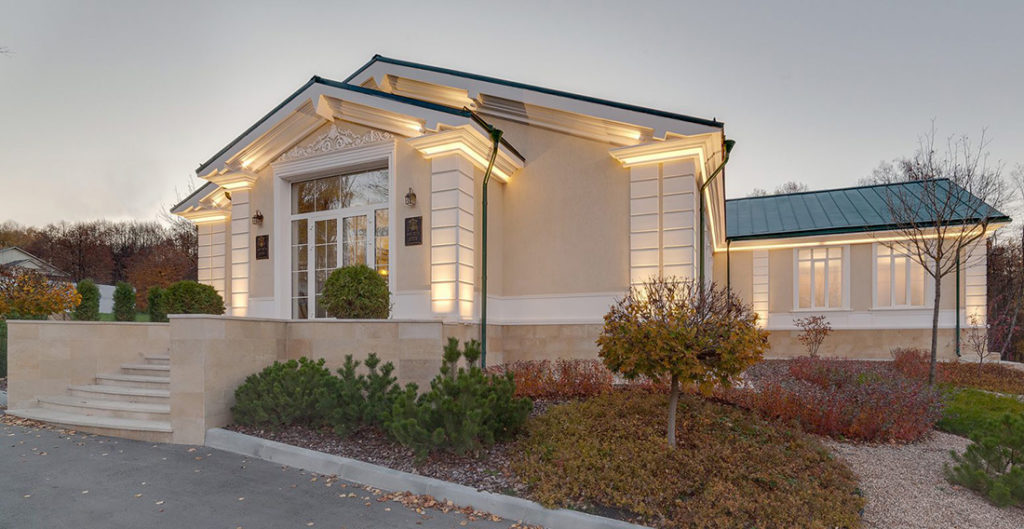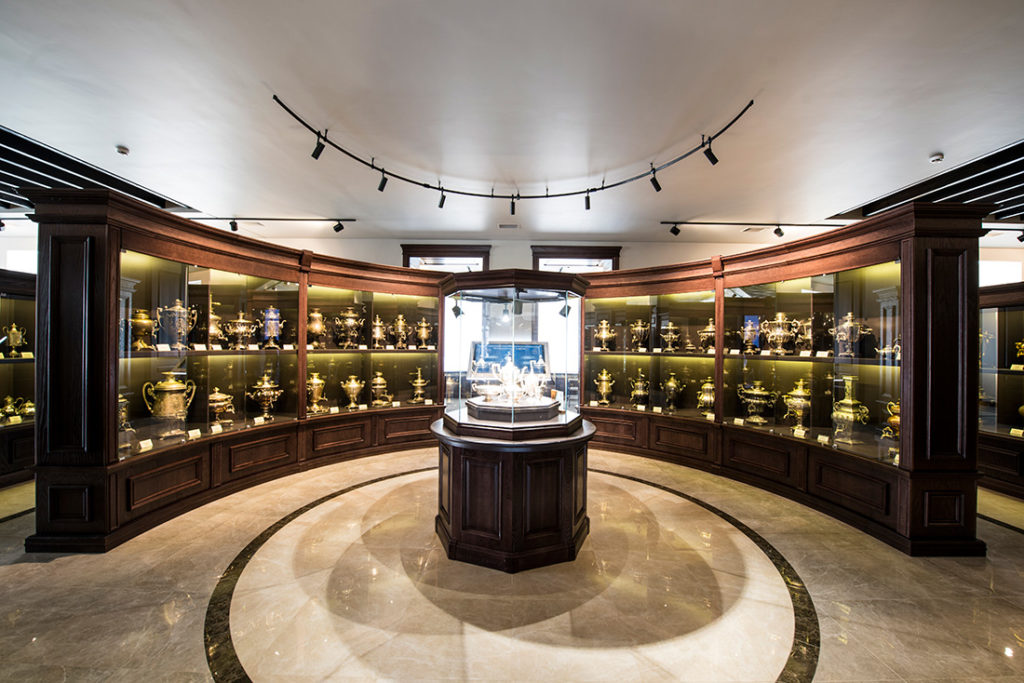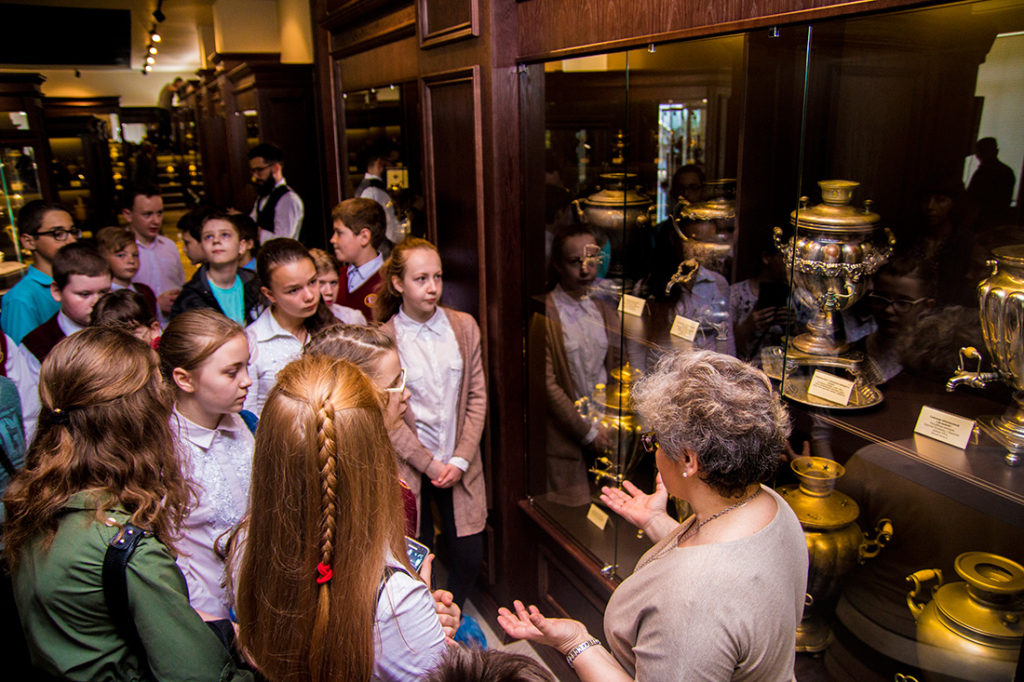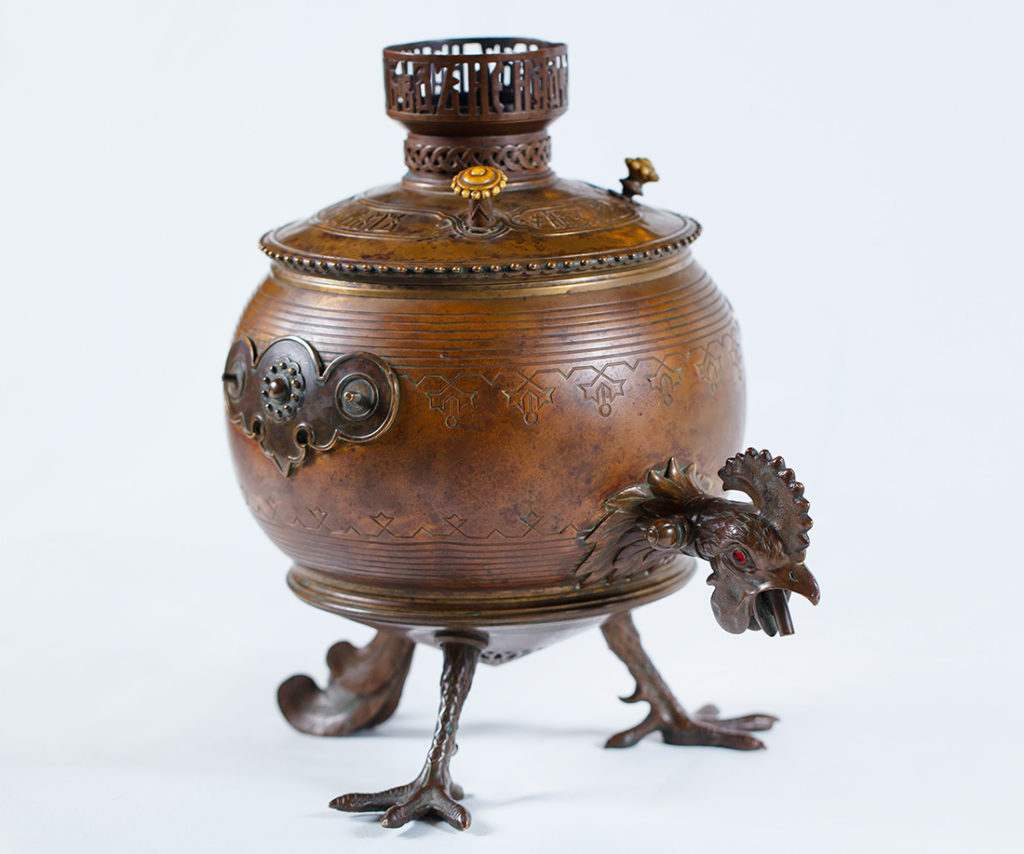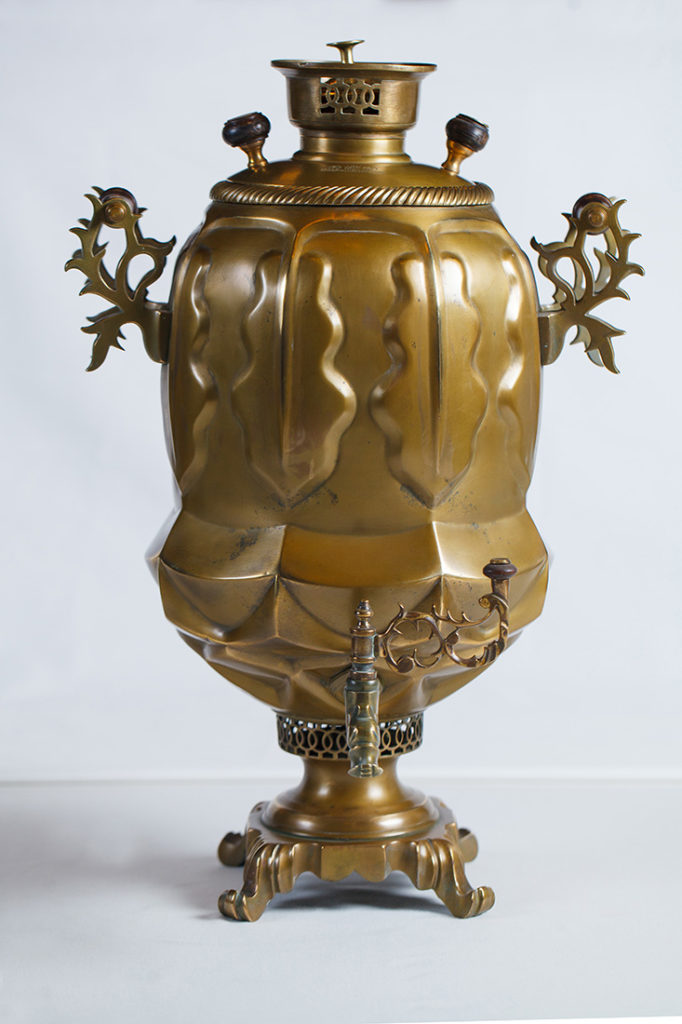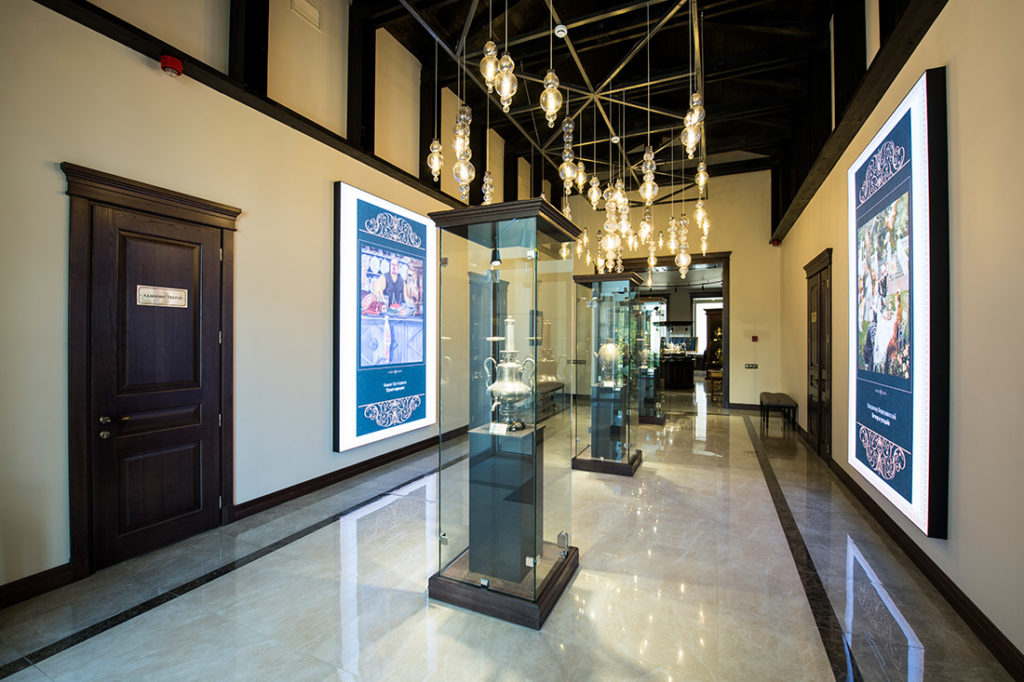Museum of Samovars and Bulotkas in the Grumant park hotel
Tula region
Contact information
Tula Region, Shchekinsky district, Grumant, 201st km of the Moscow-Simferopol highway
Tel.: +7 (915) 689-10-67, +7 (487) 250-50-50
E-mail: info@samovaroff.net
Operating hours
Tuesday-Sunday: from 10:00 to 20:00
Monday: Closed
Last Wednesday of the month – cleaning day
Ticket price
Adults – 350 rubles
Students – 200 rubles
Children under 7 years old – free
Ticket with audio guide – 350 rubles
Excursions (groups from 6 to 35 people):
– Adults – 400 rubles/person
– Students – 250 rubles/person
Master classes: from 200 rubles/person
Museum founder
Mikhail Mikhailovich Borshchev
Museum curator
Lyudmila Vladimirovna Britenkova
Founded
2018
The museum is based on the collection of samovars by Mikhail Mikhailovich Borshcheva, who started collecting them in the early 2000s. By 2008, the collection totaled more than 300 items. In 2014, the collection moved to Tula: a space for the museum was allocated on the territory of Arsenal Stadium. In March 2018, the collection moved to a beautiful museum building with all the necessary infrastructure.
The collection is the best in terms of the variety of items presented in it. In 2018, it was included in the Russian Book of Records as the largest private collection of samovars and bulotkas. The main part of the collection is the Tula samovar production, which will impress you with its variety of shapes and sizes – from a 150-gram “Yasnaya Polyana” tiny samovar to a 45-liter buffet samovar.
The capital samovars made in Moscow, St. Petersburg, and Warsaw are refined and elegant; precious metals were used for their production, including high-grade silver, overhead silver, electroplated silver, melchior, and alpaca.
A variety of bulotkas from Poland, Austria, Germany, France, Great Britain, and the United States clearly reveal European preferences and tastes – they were used for making tea, coffee, mulled wine, cooking eggs, and serving hot dishes. The collection is complemented by items such as sets, trays, travel boxes and cellars with sets of tea dishes, and fountains and refrigerators for cooling drinks. The extensive and diverse collection of samovars and bulotkas helps to understand the traditions of life of different people and regions of Europe and Asia. The museum is constantly growing; it is regularly replenished with new exhibits. Nowadays, the museum has 585 items.
